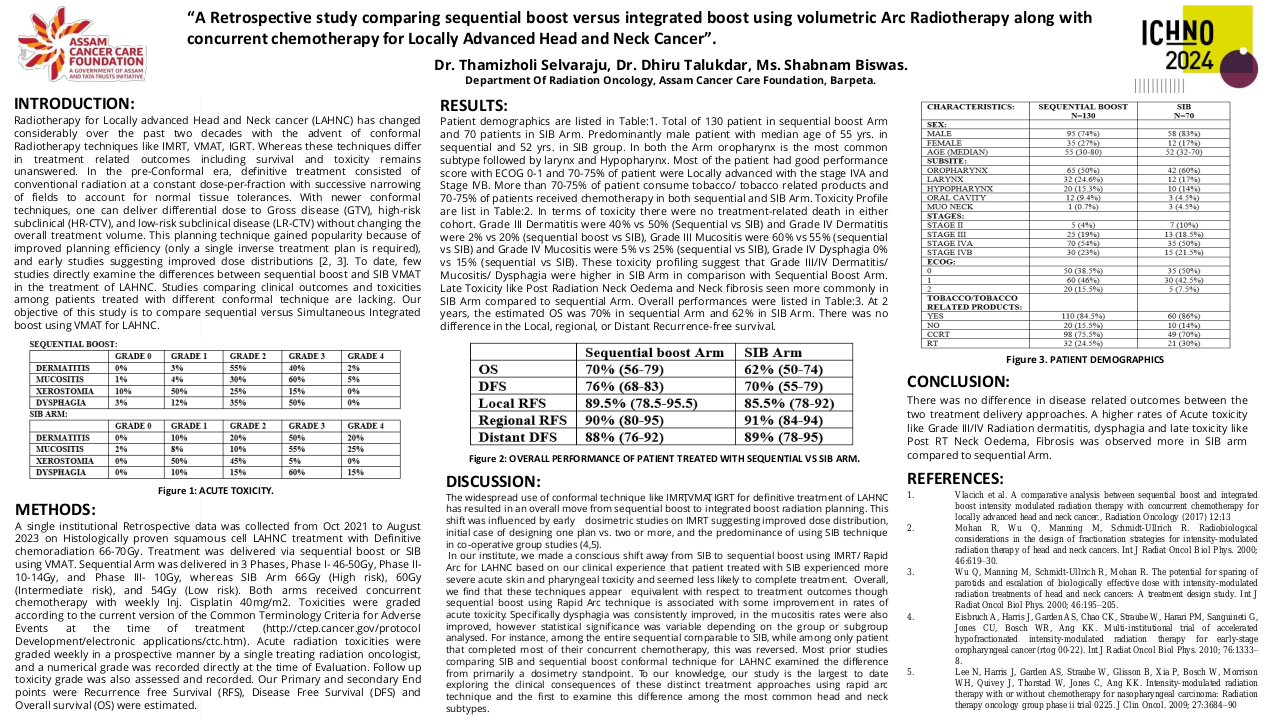Evaluation and implementation of open face masks with surface-guided radiotherapy (SGRT)
Purpose/Objective
Since the installation of the SGRT-system AlignRT by VisionRT at the “Strahlenzentrum Hamburg MVZ” there is a unique possibility to evaluate the patient movement during the treatments, and the therapy as a whole. With the experience of SGRT for thoracic and pelvic treatments in out clinic, we approached the reduction of the h&n mask coverage of the patients face.
Material/Methods
This analysis uses finished h&n treatments of each 20 patients with conventional closed (cM) and open masks (oM). The direct comparison of the mask modifications is done by the shifts of the initial positioning CBCTs at the beginning of each treatment fraction. Furthermore, the open masks were used in combination with the SGRT (350+ fractions) gathering surface data. The evaluation comprises all treatments as a whole, and is focused on the three translation dimensions: superior-inferior, left-right, and anterior-posterior. As well as the spanned vectors of the surfaces. The amount of data entries of the SGRT data justifies a Gaussian analysis.
Results
The couch shifts after the CBCT reduce with the usage of SGRT from σcM(lng/lat/vrt)=6.8/2.4/5.8 (in mm) to σoM(lng/lat/vrt)=2.7/1.7/2.3 (in mm). The patient movement monitoring of the SGRT shows a mean deviation of σSGRT(lng/lat/vrt)=0.44/0.44/0.39(in mm). The resulting deviation of the spatial vector is σvec=0.38 mm, which results in an integrated patient movement coverage of 99% within 1 mm margin.
Conclusion
The use of open masks and SGRT is a step forward in patient safety, and comfort. It helps to reduce the errors in the initial positioning, and therefore increases the accuracy of the repositioning from fraction to fraction. This allows the evaluation of PTV to smaller margins around the GTV, which also can increase the accuracy of stereotactic treatments. Noteworthy is the ability to monitor the patient during the treatment, and to react to the smallest movements. Furthermore, the open mask helps the patients to relax, and not backing off or nod, like indicated in the close mask CBCTs.






